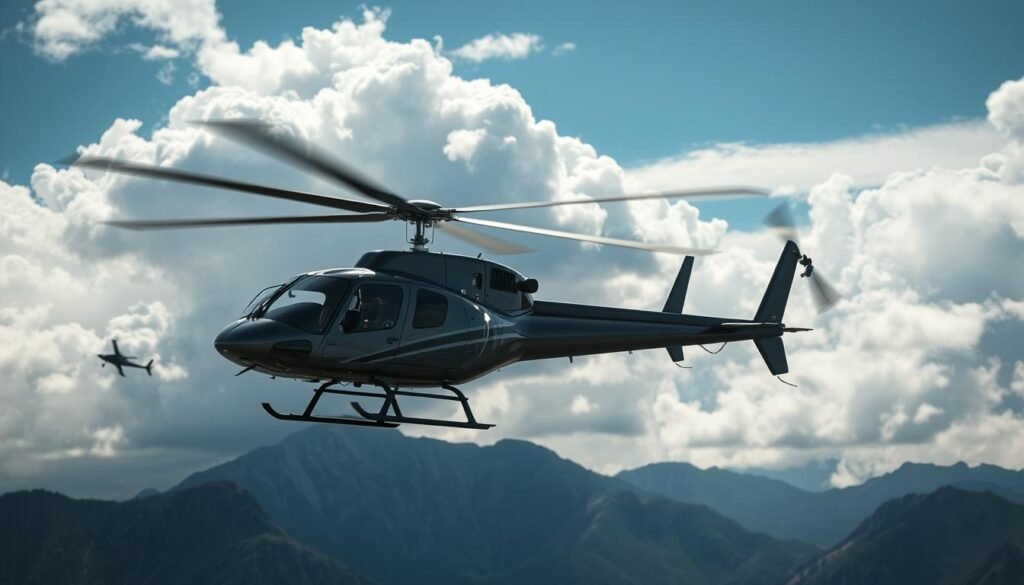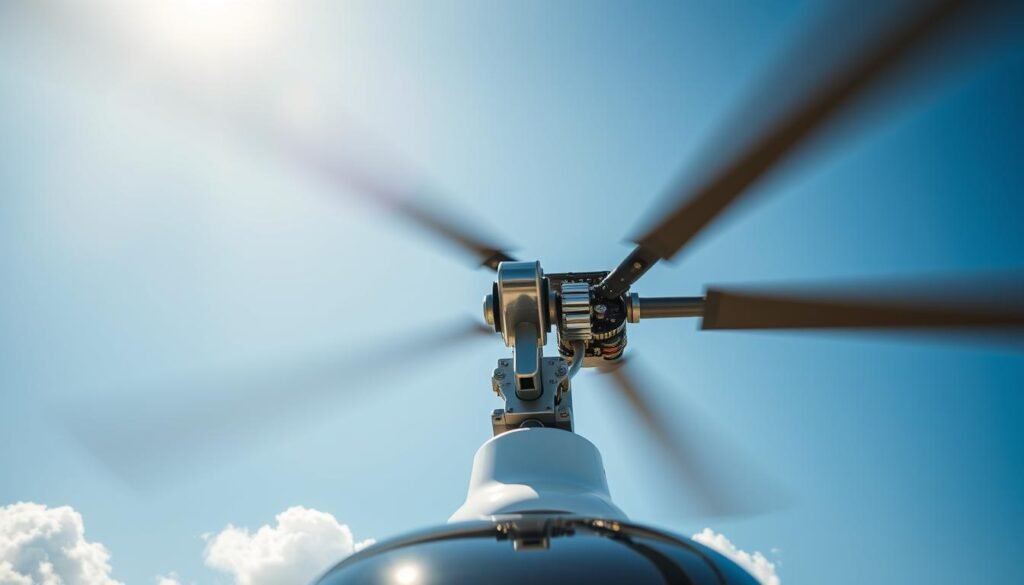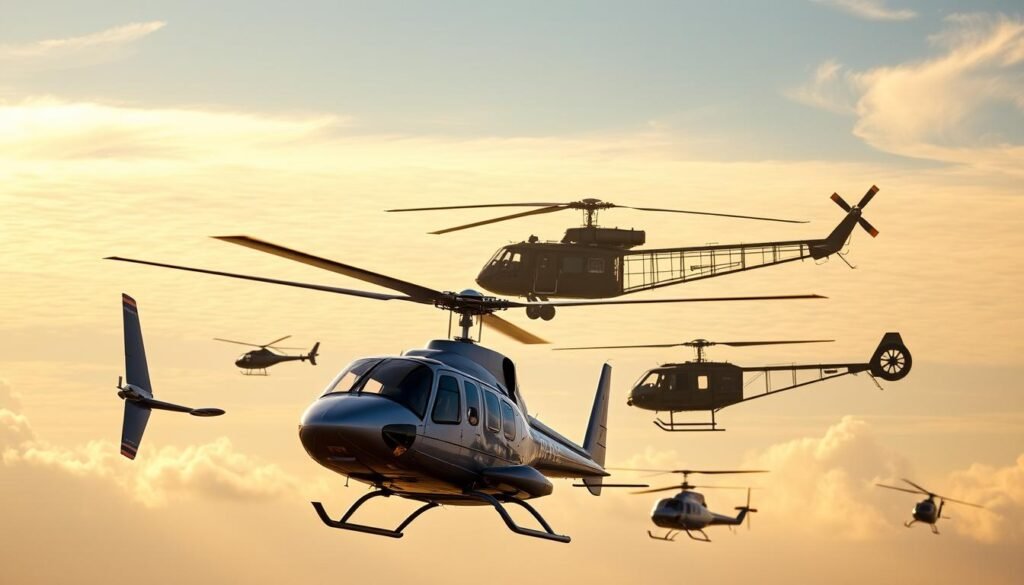Helicopters have played a pivotal role in transforming the world of emergency and rescue operations. Their unique capabilities—such as vertical takeoff, hovering, and maneuvering in confined spaces—have made them indispensable in a wide variety of life-saving missions. From rescuing stranded hikers to airlifting critically injured patients, helicopters provide rapid, versatile, and effective solutions in situations where ground transportation would be too slow or impossible. Here’s how helicopters have revolutionized emergency and rescue operations worldwide.
1. Swift Response in Natural Disasters
Delivering Aid and Evacuating Survivors
Natural disasters, such as earthquakes, hurricanes, floods, and wildfires, often create chaotic environments where traditional rescue efforts are hampered by blocked roads or impassable terrain. Helicopters have become essential tools in these scenarios, enabling rescuers to reach affected areas swiftly. They can airlift survivors from isolated or flooded regions and deliver essential supplies such as food, water, and medical aid.
- Example: During Hurricane Katrina in 2005, helicopters played a critical role in evacuating thousands of stranded residents from rooftops and flooded homes in New Orleans. Helicopters were also used to deliver humanitarian aid to remote communities devastated by the disaster.
2. Medical Evacuations and Air Ambulances
Saving Lives with Speed
In life-threatening situations where every second counts, air ambulances equipped with medical supplies and personnel have revolutionized trauma care. Helicopters are often used to transport critically injured patients from accident scenes or remote locations to hospitals, bypassing traffic and significantly reducing travel time. This rapid “Golden Hour” response can make the difference between life and death, especially for those suffering from severe trauma, heart attacks, or strokes.
- Example: Many countries have dedicated HEMS (Helicopter Emergency Medical Services) programs, allowing helicopters to quickly respond to emergency calls. These helicopters are staffed with trained paramedics and carry life-saving equipment, ensuring critical care begins en route to the hospital.
3. Search and Rescue in Remote Areas
Reaching the Inaccessible
Helicopters are vital for search and rescue (SAR) missions, especially in remote areas such as mountains, deserts, forests, or open oceans, where it is impossible to reach victims by ground vehicles. The ability to hover and perform precision maneuvers allows helicopters to access narrow canyons, cliff faces, or mountain ridges and evacuate stranded or injured individuals.
- Example: In mountain rescue operations, helicopters like the Eurocopter AS350 have been used to extract climbers or hikers from challenging terrain, even at high altitudes. Similarly, coast guard helicopters routinely conduct search and rescue missions at sea, saving sailors and passengers from sinking vessels or shipwrecks.
4. Firefighting Support
Combating Wildfires from Above
Helicopters have become an indispensable tool in the fight against wildfires, especially in rugged or inaccessible terrain where fire trucks and ground crews cannot easily reach. Equipped with water buckets or retardant tanks, helicopters can drop large volumes of water or fire retardant directly onto the flames, slowing the fire’s spread and protecting nearby communities.
- Example: In the U.S., helicopters like the Sikorsky UH-60 Black Hawk are often used in tandem with ground firefighting teams to combat large-scale wildfires in national forests and wilderness areas. These helicopters can make precise drops, targeting hot spots with great accuracy.
5. Evacuating Injured Soldiers in Combat Zones
From Battlefield to Hospital
In military operations, helicopters have transformed casualty evacuation (CASEVAC) efforts, allowing for the swift extraction of injured soldiers from the battlefield. Helicopters like the UH-60 Black Hawk can land in hostile environments, pick up wounded soldiers, and transport them to field hospitals or medical facilities, often within minutes of injury. This rapid evacuation has significantly increased survival rates for soldiers in combat.
- Example: During the Vietnam War, the Bell UH-1 Huey became the workhorse of medical evacuations, airlifting injured soldiers from the front lines to medical tents. The speed and efficiency of helicopter evacuations in combat have continued to evolve, with modern helicopters equipped with advanced medical gear to stabilize patients during transport.
6. Urban and High-Rise Rescues
Navigating the Concrete Jungle
In urban environments, helicopters are uniquely suited to navigate the maze of buildings and skyscrapers to conduct rooftop rescues during emergencies, such as fires, floods, or terrorist attacks. Their ability to hover and land on rooftops has saved countless lives in densely populated cities.
- Example: During the September 11, 2001, attacks, helicopters were used to rescue people from the rooftops of buildings, demonstrating their vital role in urban rescue missions.
7. Evacuating Offshore and Remote Workers
Critical Support for the Oil, Gas, and Mining Industries
Helicopters play a crucial role in evacuating workers from offshore oil rigs or remote mining sites in emergencies, such as equipment failures, explosions, or natural disasters. They are often the only lifeline connecting workers in these isolated locations with safety and medical care.
- Example: The North Sea oil rigs regularly rely on helicopters for both routine transport and emergency evacuations, ensuring the safety of the workforce in dangerous or life-threatening situations.
8. Law Enforcement and Border Patrol
Enhancing Public Safety
Helicopters have become a staple in law enforcement and border patrol efforts, providing an aerial perspective that ground vehicles cannot offer. Law enforcement helicopters can track fleeing suspects, monitor traffic incidents, and assist in high-speed pursuits, while border patrol helicopters help monitor and secure national borders, preventing illegal crossings or identifying dangerous situations.
- Example: Helicopters like the Eurocopter EC135 are commonly used by police forces worldwide to support ground units in search operations, traffic monitoring, and public safety events.
Conclusion
The helicopter’s versatility, speed, and ability to operate in extreme environments make it an essential tool for emergency and rescue operations. From saving lives on the battlefield and in the streets to responding to natural disasters and firefighting efforts, helicopters have redefined the scope of rescue missions, ensuring that help can reach those in need—no matter where they are. As technology continues to evolve, helicopters will only grow in importance, solidifying their role as a vital asset in saving lives and enhancing global rescue capabilities.
Related Articles
- How Helicopters Revolutionized Emergency and Rescue Operations
- Helicopter Milestones: Important Breakthroughs in Aviation History
- Iconic Helicopters That Shaped the Future of Aviation
- The Role of Helicopters in World War II and Beyond
More from This Category
- Top 10 Helicopter Facts You Probably Didn’t Know
- Military Helicopters Through History: Key Models and Their Impact
- How Helicopters Work: The Science Behind Vertical Flight
- Who Invented the Helicopter? A Look at the Pioneers Behind Rotary Flight
- Helicopter Evolution: How Rotary-Wing Aircraft Changed Aviation Forever
- The Fascinating History of Helicopters: From Invention to Modern Aviation



